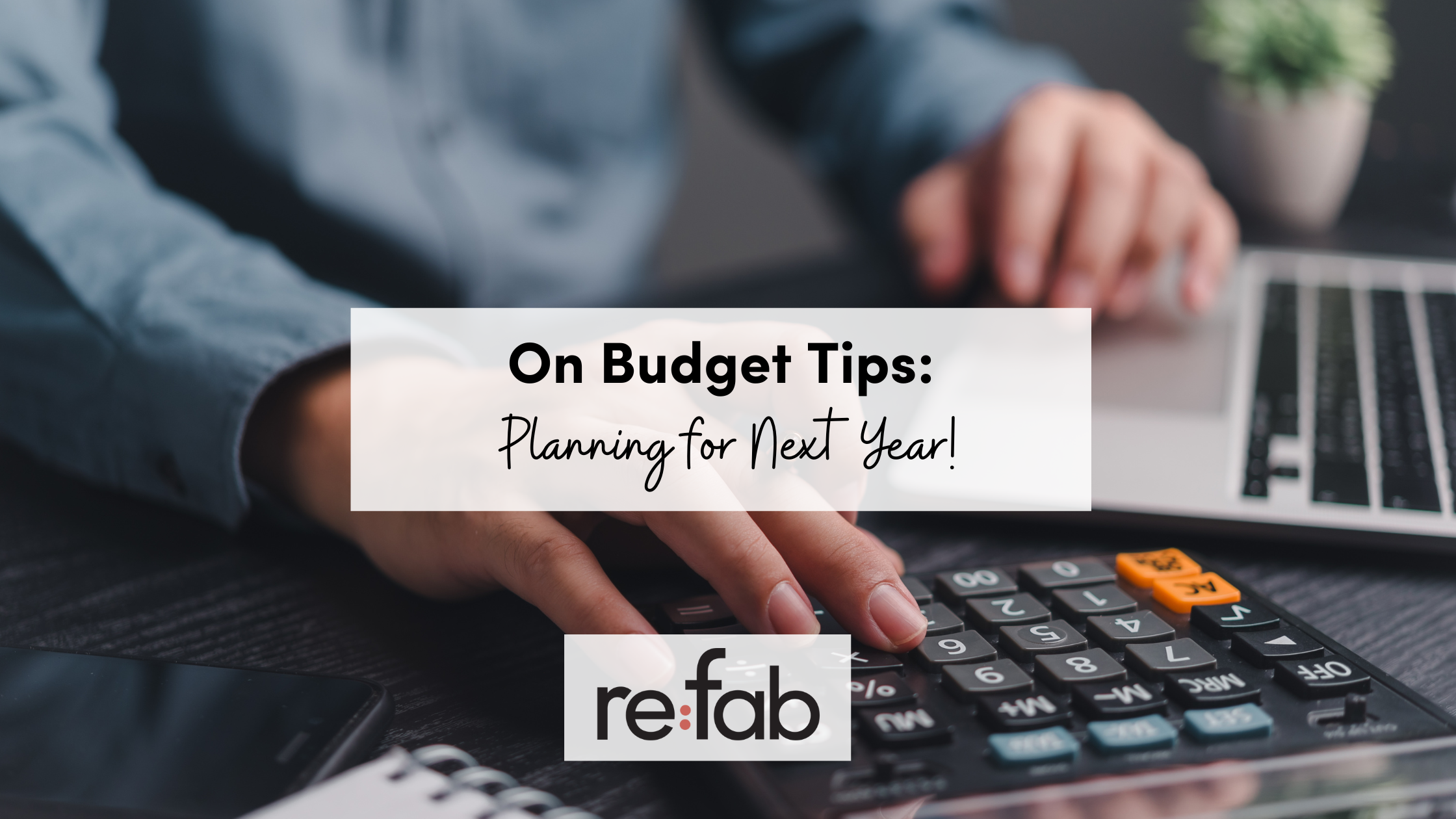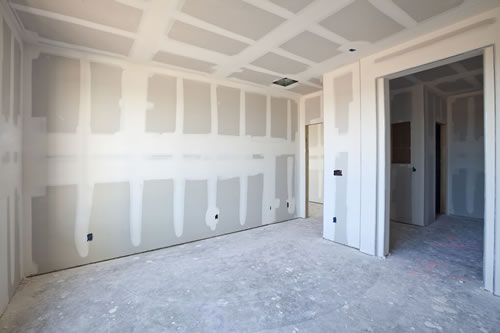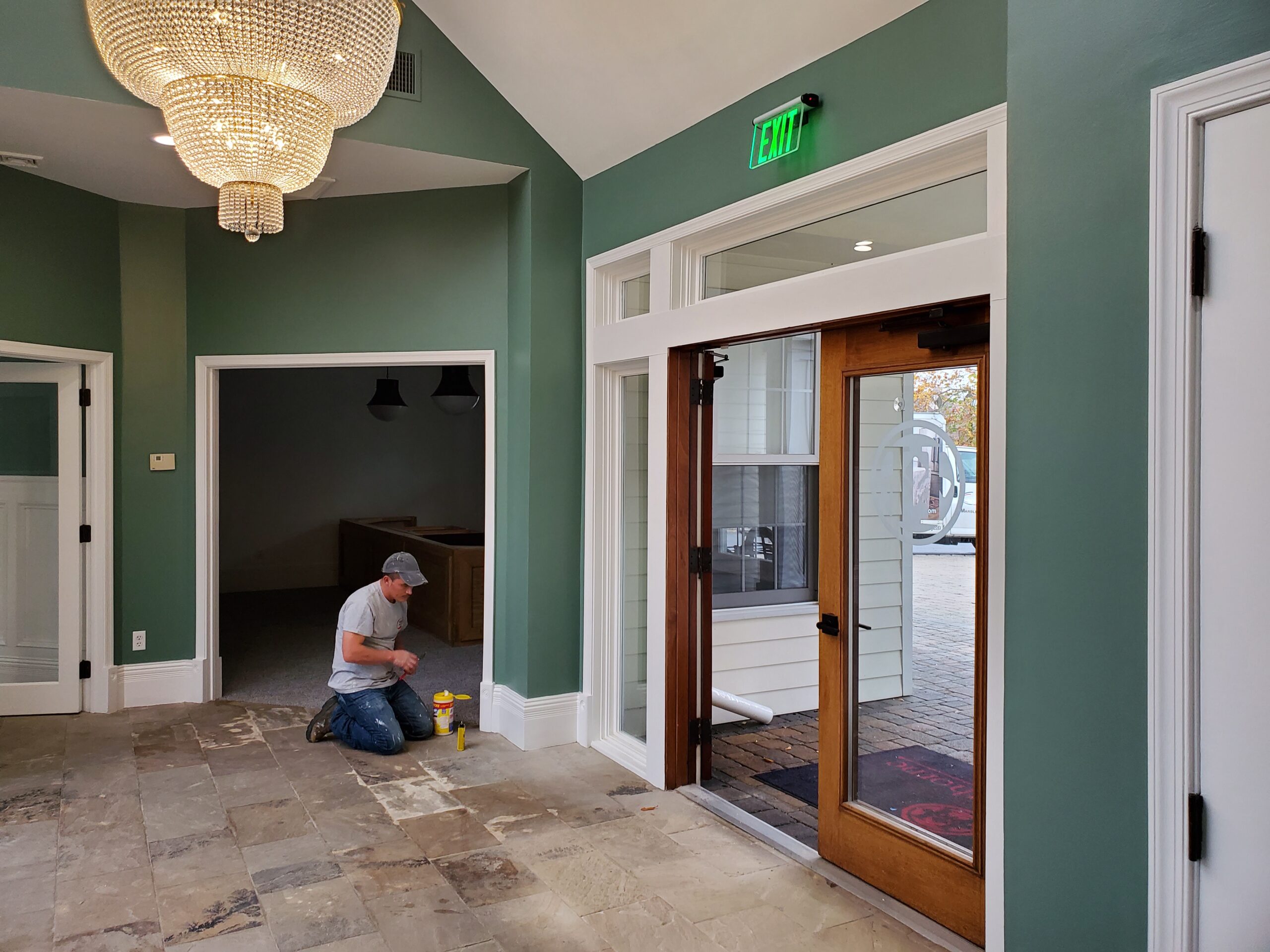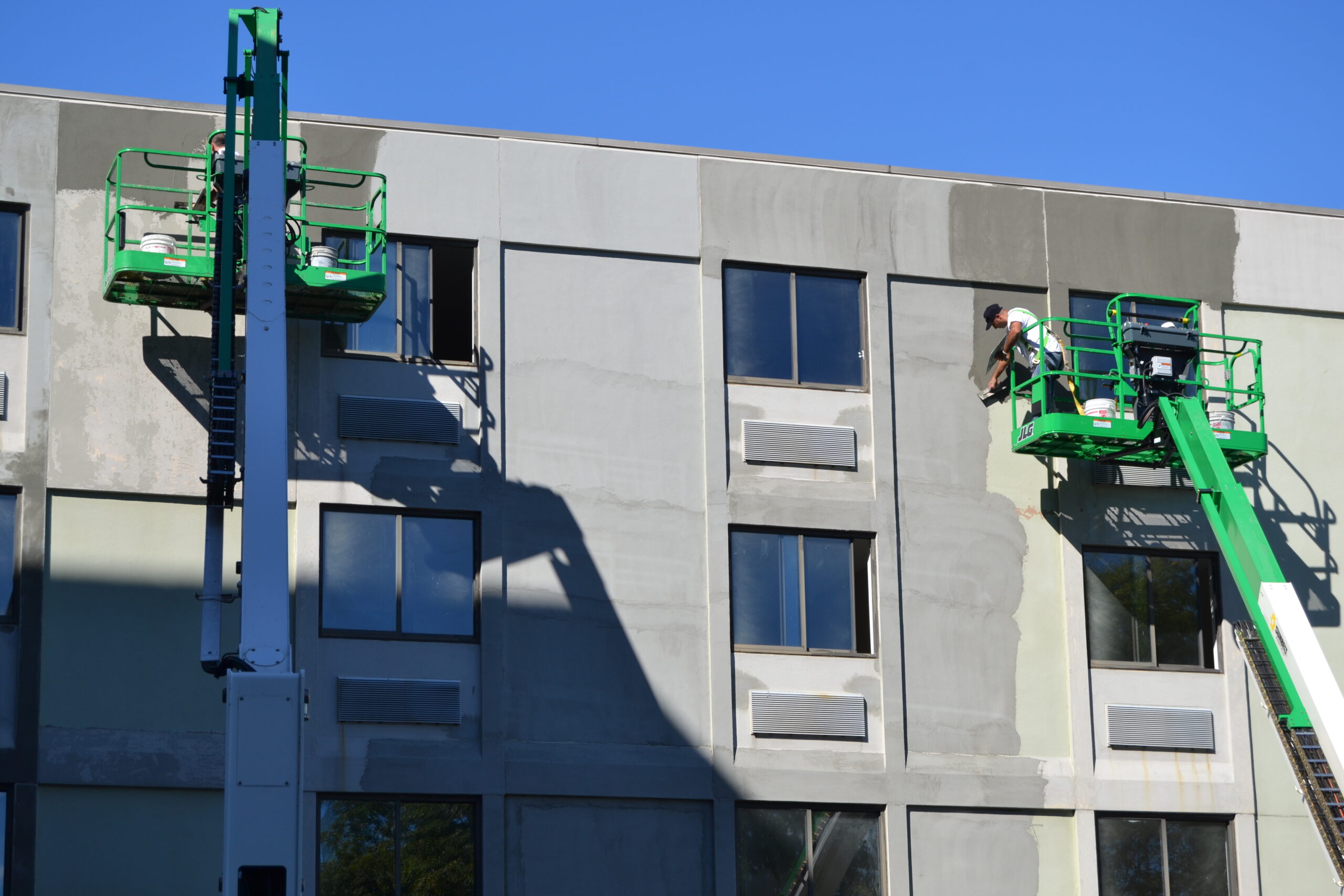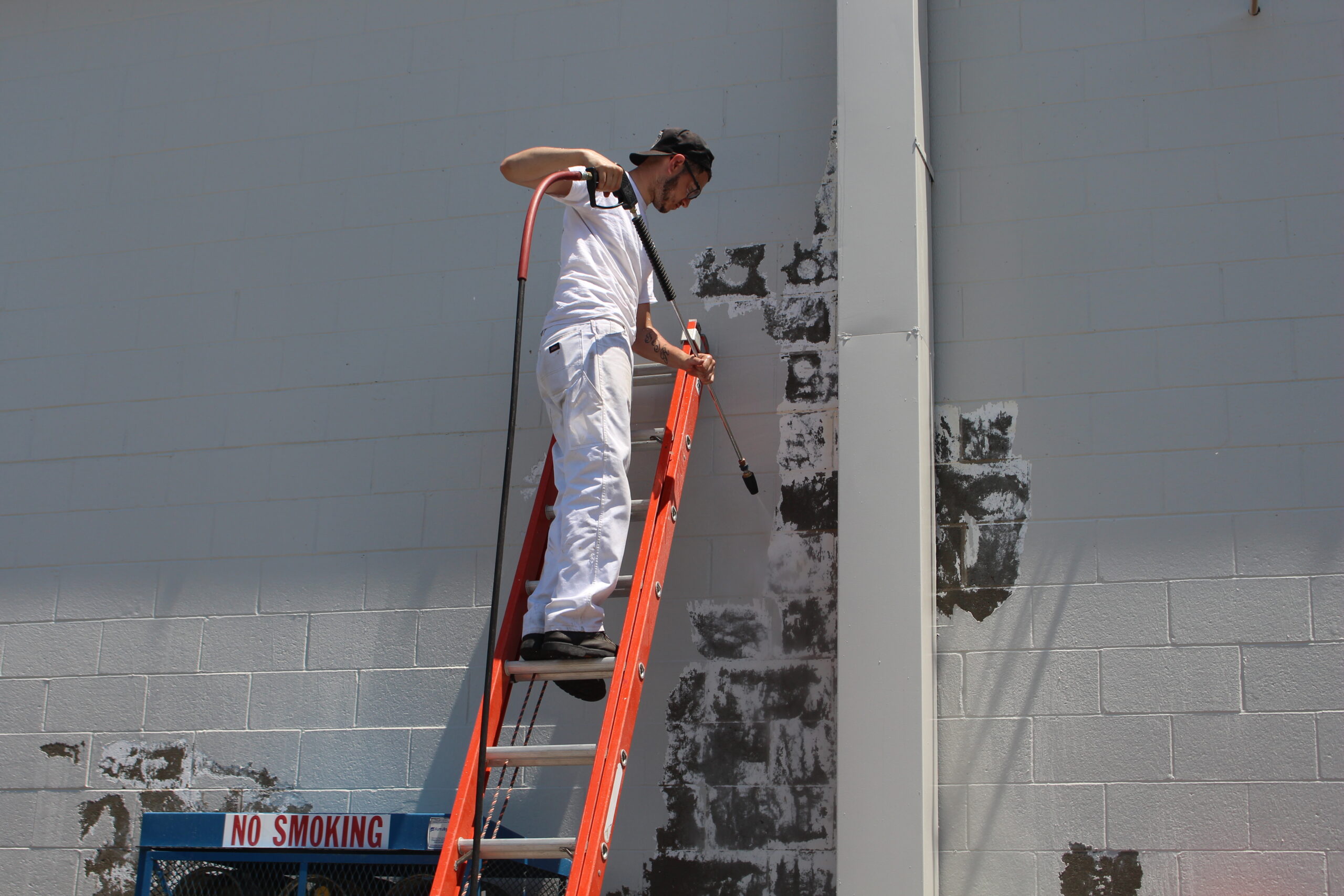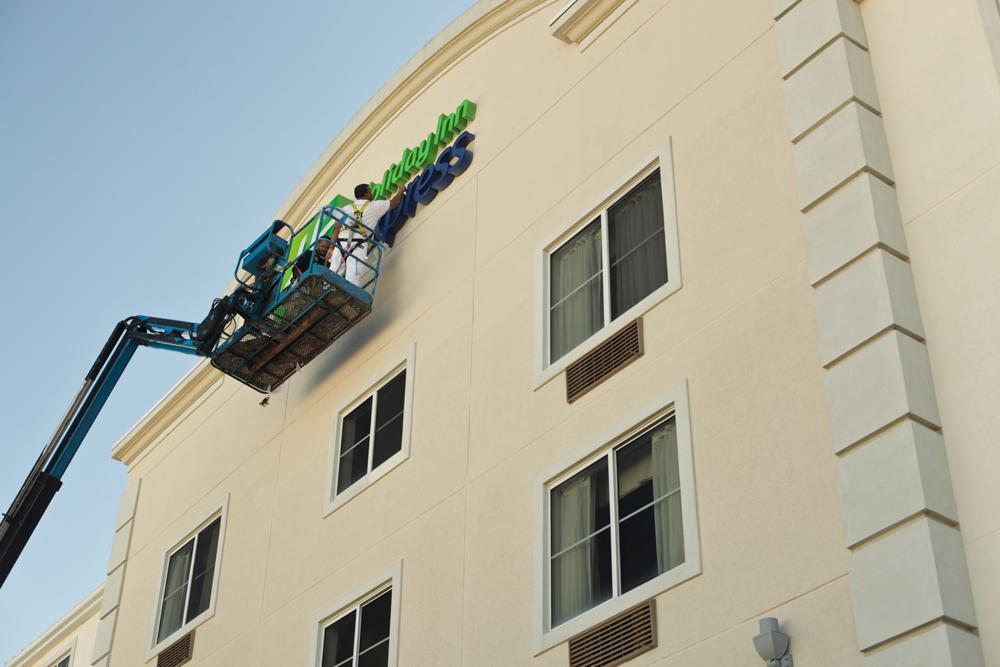When it comes to keeping your painting and renovation projects on budget, having a clear plan is key. Conversations about next year’s budgets may already be happening at your property, and if they haven’t started yet, they likely will soon. To help you get ahead, here are a few tips and tricks every property team can use when planning budgets, deciding how to allocate funds, and wrapping up your current year’s budget.
Do a Property Audit
At the start of your shift, when you have fresh eyes, or even by inviting an outside perspective, like a coworker from another property, take a walk around the building and jot down notes or snap photos. Group anything that needs repairs or updates into categories based on the needs and wants of your tenants, staff, and customers. Some possible categories include:
High-Priority Issues
These are the items that need attention as soon as possible. Some may be quick fixes you can tackle during your walk-through, like tightening a screw or re-caulking a door. Others might be larger projects and if you can fit them into your current year’s budget, it’s best to address them now. If not, apply a temporary fix for the time being and place them at the top of your budget list for next year. Think roof leaks, window leaks, and similar issues.
Critical Issues That Can Wait
For example, an AC unit that’s out of order in the fall and can wait until spring, or a window that only leaks occasionally. These issues aren’t urgent but should be scheduled for repair at a later date.
Profit Puppies
These are projects that help your property or business become more profitable.
- For multi-family housing: Consider upgrades like new appliances, refreshed kitchens or updated bathrooms.
- For other properties: A fresh coat of paint to boost curb appeal or installing energy-efficient windows and doors can reduce costs for both you and your tenants.
- Adding amenities like dog areas or smoking sections can also increase satisfaction for tenants, guests, customers and employees.
Property Flow Improvements
Projects that improve how your property functions day-to-day. Examples:
- Adjusting room sizes
- Building or removing walls
- Adding permanent storage
- Installing additional outlets for increased computer usage
These are good items to discuss with staff and tenants to see what will have the most impact.
Other Updates
These updates may not directly save or generate revenue, but they can give your property a fresh, updated look. Think cosmetic changes like replacing outdated flooring or upgrading old light fixtures with modern ones. They’re often the first items cut when budgets are tight, but they can be great projects to tackle if there’s leftover funding at the end of the year.
Phasing Out Projects
It might be more budget-friendly to spread out some projects over the course of a few years. For example, if your building needs a full envelope renovation, you could break it into phases—tackle the roof this year, replace siding next year, and windows and doors the year after. This approach can make a large, expensive project more manageable within your budget.
However, keep in mind that this strategy can sometimes lead to higher overall costs. Contractors often offer better pricing when completing a project all at once, since they’re already mobilized and on-site. Additionally, there’s no guarantee that material and labor costs will remain stable from year to year.
Emergency Funds
Always set aside a portion of your budget for emergencies and unexpected expenses, like a burst pipe or project overages. We suggest saving 10–15% of your overall budget. Make this your very first line item so you won’t feel the impact as much later on.
End-of-Year Shopping Spree
If you don’t use most of your budget this year, you could lose it, as unspent funds often can’t be carried over into the next year….so spend baby, spend! We see this happen often; teams scramble to spend emergency funds or leftover project money at year’s end. Use this time to:
- Knock out smaller projects
- Complete updates you’ve been putting off
- Sign contracts for next year’s larger projects (and pay deposits with this year’s budget)
For example, if you’re planning to repaint your property’s exterior next spring, hire a painting contractor now, sign the contract, and pay the deposit with this year’s budget. Then, use next year’s budget to pay the balance. This strategy helps stretch both budgets further.
Budget planning isn’t always fun. And, depending on the size of your company or property, the process can look very different. However, having a solid budget is critical to keeping your property running smoothly.
At re:fab, we have over 30 years of experience keeping painting, renovation and maintenance projects on budget and done right. We help our clients not only prioritize projects and to-do lists, but also figure out what needs to be done and how much to set aside. If you need help with your next project,
contact us here for your free consultation.
